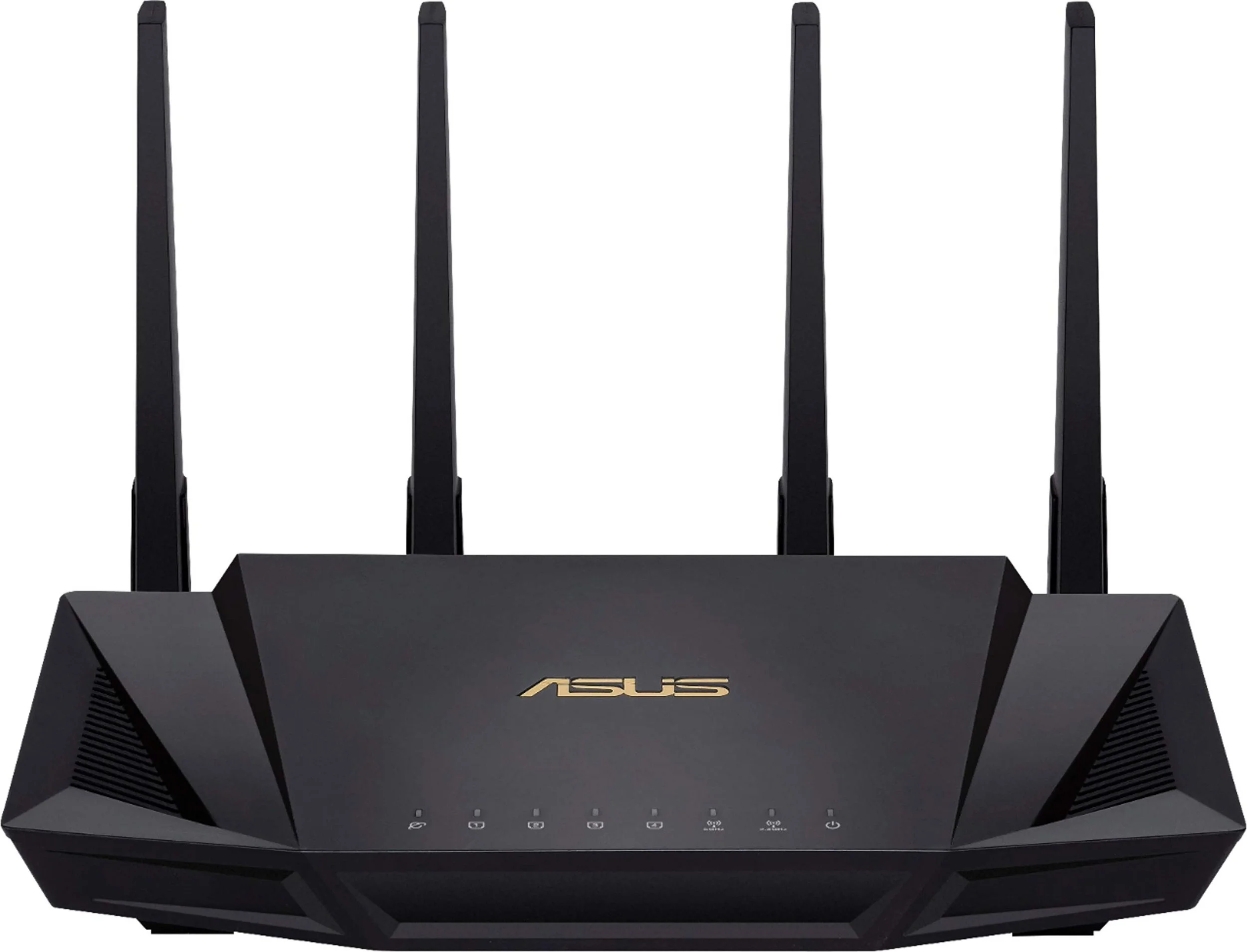The Bug Report: The Asus wireless Router backdoor bonnet attack
We live in an era where internet connectivity is essential. Wireless routers are the absolute backbone of homes and business networks. However, these networking devices have become the preferred target for cybercriminals. If you currently own an Asus wireless router, be aware of the latest threat involving a stealthy backdoor bot that has affected thousands of Asus wireless routers. This latest attack underscores the vulnerabilities in consumer networking hardware and the urgent need for proactive security measures.
The Nature of the Attack
The bonnet attack, named "Vicious Trap," was identified in March 2025 by Grey Noise, a cybersecurity firm. The attackers are exploiting various security vulnerabilities, including CVE-2023-39780, to gain unauthorized access to Asus routers. This attack differs from traditional malware attacks in that it leverages router features to establish a persistent backdoor. As a result, attackers can retain complete control of the compromised devices even after users implement firmware updates or reboot the routers. The implications of such vulnerabilities are significant, highlighting the need for enhanced security measures.
How the Backdoor Attack Function Works
1: The initial Access - Cybercriminals use brute-force login attempts and authentication techniques to infiltrate Asus routers.
2: Exploiting Vulnerabilities- Cyber criminals are leveraging CVE-2023-39780, a command injection flaw, to execute arbitrary system commands.
3: Persistent Backdoor Installation - Using Asus's configuration tools, the attacker enables SSH access on a standard port. (TCP/53282) and inject a public encryption key. This allows hackers to access the router remotely without the user's detection.
4: Evading Detection - The attackers can turn off logging and security features, such as Trend Micro's AI Protection, making it very difficult for users to identify the exploit.
The Botnet Trap and the Significant Risks
Attackers can breach privacy and monitor network traffic, intercept sensitive data, and manipulate internet connections. Compromised routers can be used to launch Distributed Denial-of-Service (DDoS) attacks or even spread malware to other devices. Some experts speculate attacks may be linked to advanced persistent threat (APT) groups, potentially indicating nefarious motives.
The Strategic Solutions
The latest security patch (firmware update) released by Asus addresses CVE-2023-39780. Once you have installed the security patch, as a common practice, check for any suspicious SSH configurations and remove any unauthorized public keys. For me, the best course of action is to perform a hard factory reset and manually reconfigure the settings.
Be mindful of any unusual activity by monitoring the router's network traffic. If needed, block any known malicious IP addresses associated with the botnet.
Epilogue
The Asus wireless router backdoor botnet serves as a grim reminder of the evolving cybersecurity landscape. As attackers continue to exploit vulnerabilities in consumer networking devices, users must remain vigilant and proactive in securing their networks. By implementing robust security measures, individuals and businesses can mitigate the risks posed by such sophisticated cyber threats.







